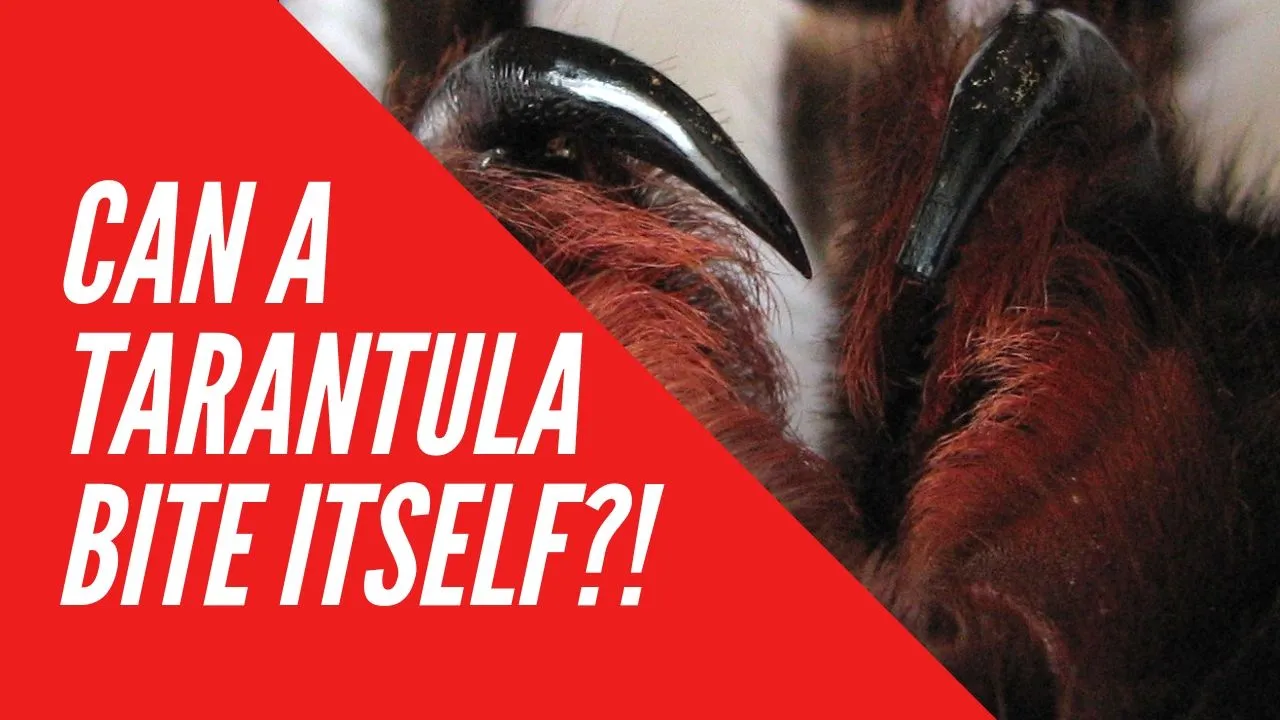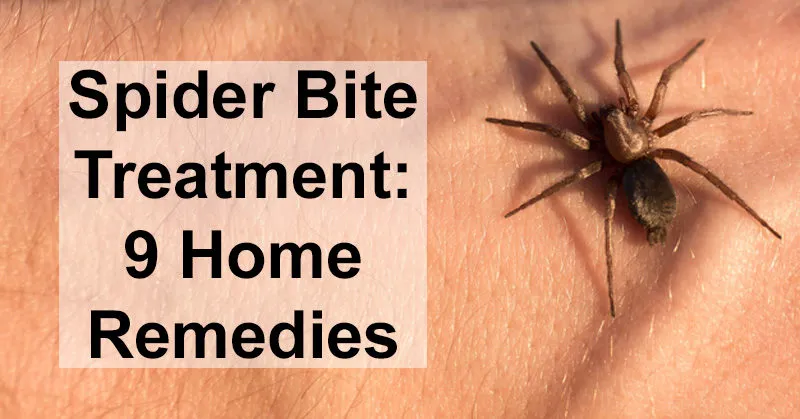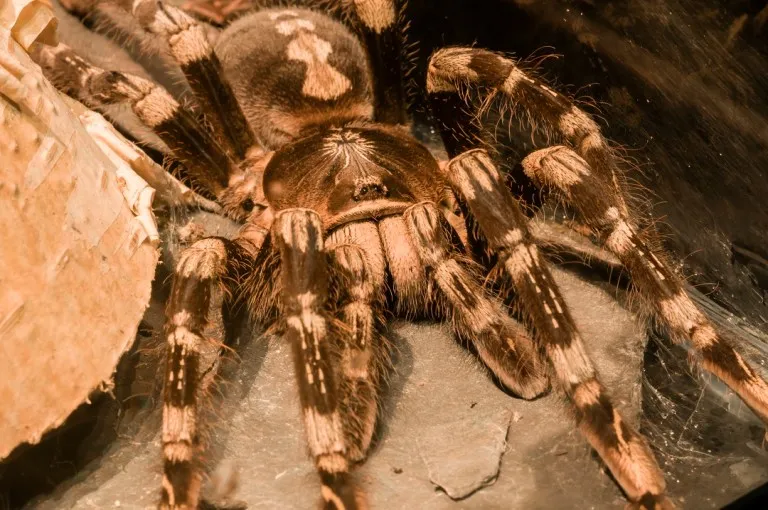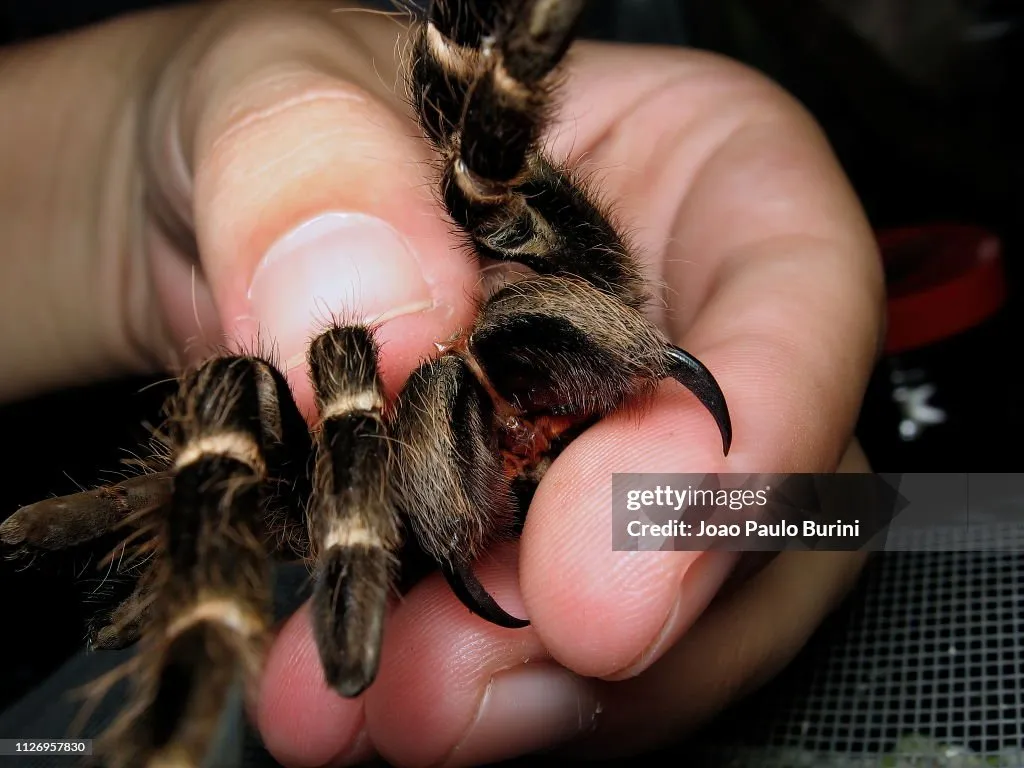Tarantula Bites Understanding the Risks
Tarantula bites, while rarely life-threatening to humans, can be a cause for concern. Understanding the potential risks involved is the first step towards effective treatment and recovery. Tarantulas, despite their intimidating size and appearance, are not typically aggressive and will only bite in self-defense, such as when they feel threatened or are accidentally handled. The venom injected during a tarantula bite is generally mild, similar to a bee sting, but the reaction can vary depending on the individual, the tarantula species, and the amount of venom injected. The primary concern is usually the localized reaction and potential for secondary complications, not the venom itself. It’s crucial to be aware of the possible symptoms and know how to respond appropriately to minimize discomfort and ensure a smooth recovery.
Symptoms to Watch For After a Tarantula Bite
Recognizing the symptoms of a tarantula bite is crucial for timely and appropriate treatment. The severity of symptoms can vary, ranging from mild discomfort to more significant reactions. It’s important to monitor the bite area and the individual’s overall condition closely. Common symptoms include immediate pain, redness, and swelling at the bite site. Some individuals may experience itching, muscle cramps, and mild nausea. More severe reactions could involve systemic symptoms, indicating a more significant response to the venom or an allergic reaction. Being able to differentiate between local and systemic reactions helps in determining the appropriate course of action and whether medical attention is required.
Local Reaction Indicators

Local reactions are the most common symptoms after a tarantula bite, typically confined to the area around the bite itself. These reactions are often mild and resolve within a few days. Indicators include localized pain, which can range from a slight stinging sensation to more intense throbbing. Redness and swelling are also common, with the area around the bite becoming inflamed. Itching and warmth at the site may also be present. These symptoms are usually a result of the venom’s effect and the body’s immune response. Monitoring the progression of these local symptoms is essential to ensure they don’t escalate into something more serious.
Systemic Reaction Indicators
Systemic reactions are less common but can indicate a more severe response to the bite, potentially requiring medical intervention. These reactions involve symptoms that affect the entire body, not just the bite area. Indicators include difficulty breathing, which may manifest as wheezing or shortness of breath. Dizziness or lightheadedness can also occur. Nausea, vomiting, and diarrhea are other possible systemic symptoms. In severe cases, a systemic reaction can lead to anaphylaxis, a life-threatening allergic response characterized by rapid swelling, difficulty breathing, and a drop in blood pressure. If any of these symptoms are present, immediate medical attention is necessary.
Immediate First Aid Steps
Knowing how to provide immediate first aid after a tarantula bite can significantly impact the outcome and reduce discomfort. The primary goals of first aid are to minimize the spread of venom, alleviate pain, and prevent complications. The following steps should be taken immediately after a bite. Remember, these steps are crucial for providing immediate care and should be followed before seeking medical attention, unless severe symptoms are present. These steps help to reduce the immediate impact of the bite and can help in a quicker and less painful recovery.
Cleaning the Bite Area

The first and most immediate step is to thoroughly clean the bite area with mild soap and water. This helps to remove any remaining venom from the surface and reduces the risk of infection. Gently wash the area, avoiding harsh scrubbing that could further irritate the skin. After washing, rinse the area thoroughly and pat it dry with a clean cloth. Proper cleaning is important to prevent secondary infections. This simple step can help minimize discomfort and reduce the risk of complications.
Applying Cold Compress
Applying a cold compress or ice pack to the bite area can help reduce pain, swelling, and inflammation. Wrap the ice pack in a cloth to prevent direct contact with the skin, which could cause frostbite. Apply the cold compress for 10-15 minutes at a time, several times a day. This helps to constrict blood vessels, reducing blood flow to the area and minimizing the spread of venom. The cold also numbs the area, providing relief from pain. This is an effective way to manage the immediate symptoms of a tarantula bite and can make the individual more comfortable while they recover.
Elevating the Affected Limb
If the bite is on a limb, elevating it above the heart level can help reduce swelling. This promotes drainage and decreases the accumulation of fluids in the affected area. Use pillows or other supports to keep the limb elevated comfortably. This simple measure can significantly reduce swelling and promote faster healing. Elevation combined with a cold compress is a highly effective way to manage the local effects of a tarantula bite and reduce discomfort. Proper positioning can aid in the healing process and minimize the impact of the bite.
Pain Management Strategies

Managing pain is a crucial aspect of treating a tarantula bite. The level of pain can vary from mild to moderate, and effective pain management strategies can significantly improve the individual’s comfort and well-being. These strategies include both over-the-counter medications and other methods to alleviate discomfort. Proper pain management not only helps with physical comfort but can also reduce stress and anxiety associated with the bite. There are different approaches available to manage the pain effectively, ensuring that the individual can recover more comfortably.
Over-the-Counter Pain Relievers
Over-the-counter (OTC) pain relievers can be effective in managing pain associated with a tarantula bite. Common options include ibuprofen (Advil, Motrin) and acetaminophen (Tylenol). Ibuprofen is an anti-inflammatory that can help reduce pain and swelling, while acetaminophen is a pain reliever that doesn’t reduce inflammation. Always follow the dosage instructions on the packaging and do not exceed the recommended dose. Avoid giving aspirin to children or teenagers due to the risk of Reye’s syndrome. OTC pain relievers are easily accessible and can provide relief from mild to moderate pain associated with the bite.
When to Seek Medical Attention
While most tarantula bites are not life-threatening, there are specific situations when medical attention is necessary. Recognizing the signs and symptoms that warrant medical intervention is crucial to ensure the individual receives appropriate care. Seeking medical help promptly can prevent complications and ensure a positive outcome. It is always better to err on the side of caution when dealing with bites. The decision to seek medical attention should be based on the severity of symptoms, the individual’s health history, and any concerns about potential complications.
Severe Symptoms Requiring Immediate Care

Certain severe symptoms require immediate medical attention. These include difficulty breathing, which may indicate an allergic reaction or anaphylaxis. Other serious symptoms include rapid swelling of the face, lips, or throat, which can obstruct the airway. If the individual experiences dizziness, confusion, or loss of consciousness, seek immediate medical help. Any symptoms that suggest a systemic reaction, such as widespread rash, severe abdominal pain, or vomiting, should also prompt a visit to the emergency room. Time is of the essence when dealing with severe symptoms, and prompt medical intervention can be life-saving.
Allergic Reactions and Anaphylaxis
Allergic reactions and anaphylaxis are serious medical conditions that require immediate treatment. Anaphylaxis is a severe, life-threatening allergic reaction that can cause a rapid drop in blood pressure, swelling of the throat, and difficulty breathing. Symptoms can include hives, itching, and swelling of the face, lips, or tongue. Individuals with a history of allergic reactions or who exhibit these symptoms should receive immediate medical attention. Anaphylaxis is a medical emergency that requires the administration of epinephrine (an EpiPen) and other supportive care to stabilize the individual. If you suspect anaphylaxis, call emergency services immediately.
Medical Treatments and Recovery
In cases where medical attention is sought, the treatment and recovery process may involve various interventions to manage symptoms and prevent complications. Medical professionals will assess the severity of the bite and provide appropriate care. The treatment approach will depend on the individual’s symptoms, the presence of any allergic reactions, and other factors. Medical treatments focus on alleviating pain, reducing inflammation, and preventing infections. Recovery involves careful monitoring and follow-up care to ensure complete healing.
Antivenom Availability and Use

Antivenom is not typically required for tarantula bites, as the venom is generally mild. However, in rare cases, a severe reaction might necessitate the use of antivenom, depending on the tarantula species and the severity of the envenomation. Antivenom is designed to neutralize the venom and reduce its effects on the body. The decision to administer antivenom is made by medical professionals based on the individual’s condition and the specific circumstances of the bite. The availability of antivenom varies depending on the region and the type of tarantula. The use of antivenom is a complex medical decision, and it’s crucial to follow the guidance of medical professionals.
Wound Care and Infection Prevention
Proper wound care is essential to prevent infection and promote healing. Medical professionals will clean the bite area and may apply an antiseptic to prevent bacterial infections. The wound should be monitored for signs of infection, such as increased redness, swelling, pain, or pus. If an infection develops, antibiotics may be prescribed to treat it. Keeping the wound clean and dry is important to promote healing and prevent complications. Regular wound care, including dressing changes, may be necessary to facilitate recovery and minimize the risk of secondary infections.
Long-Term Recovery and Care
Long-term recovery from a tarantula bite typically involves monitoring for any lingering effects and ensuring complete healing. While the initial symptoms often subside within a few days, it’s important to be aware of potential long-term issues and to seek appropriate care if needed. Proper care and attention during the recovery phase can prevent complications and help the individual regain their full health. The long-term recovery process focuses on addressing any secondary infections, providing physical therapy, and ensuring overall well-being.
Monitoring for Secondary Infections

Monitoring for secondary infections is a critical aspect of long-term recovery. Infections can occur if bacteria enter the bite wound, leading to complications. Signs of infection include increased pain, redness, swelling, and the presence of pus. Fever and other systemic symptoms may also indicate an infection. If any signs of infection are observed, seek medical attention promptly. Antibiotics may be required to treat the infection. Regular monitoring and early intervention are essential to prevent infections from causing more severe health issues. Any changes in the appearance or feel of the bite should be reported to a healthcare provider.
Physical Therapy and Rehabilitation
In some cases, particularly if the bite causes significant muscle or nerve damage, physical therapy and rehabilitation might be necessary to restore function and mobility. Physical therapy can help strengthen muscles, improve range of motion, and reduce pain. Rehabilitation may involve exercises and activities designed to help the individual regain their normal activities. A physical therapist or rehabilitation specialist will develop a personalized treatment plan based on the individual’s needs. The goal of physical therapy and rehabilitation is to help the individual return to their previous level of function and improve their quality of life.
Preventing Future Tarantula Bites
Preventing tarantula bites is the best way to avoid the need for treatment and recovery. Understanding how to safely interact with tarantulas and being aware of their habitat can significantly reduce the risk of bites. Preventing bites involves safe handling practices, habitat safety, and education on tarantula behavior. By taking the necessary precautions, individuals can minimize their risk and enjoy their interactions with these fascinating creatures safely.
Safe Handling Practices
Safe handling practices are essential to prevent bites, especially when interacting with tarantulas. Avoid handling tarantulas unless absolutely necessary and always exercise caution. If handling is required, do so in a controlled environment and use appropriate tools, such as long tongs or gloves. Never provoke or startle a tarantula, as this can increase the likelihood of a bite. Always be aware of the tarantula’s behavior and body language. It is best to observe these animals from a safe distance and avoid unnecessary contact. Handle them only if you are experienced and confident in your ability to do so safely.
Habitat Safety and Awareness
Understanding the habitat and behavior of tarantulas is crucial for preventing bites. Be aware of areas where tarantulas are commonly found, such as burrows, under rocks, and in vegetation. When working or walking in these areas, wear appropriate protective clothing, such as long sleeves, pants, and sturdy shoes. Be cautious when reaching into dark spaces or under objects where a tarantula might be hiding. If you encounter a tarantula, observe it from a safe distance and avoid disturbing it. Educate yourself on tarantula species native to your region to better understand their behavior and potential risks. Maintaining awareness of the environment can help you avoid bites.
